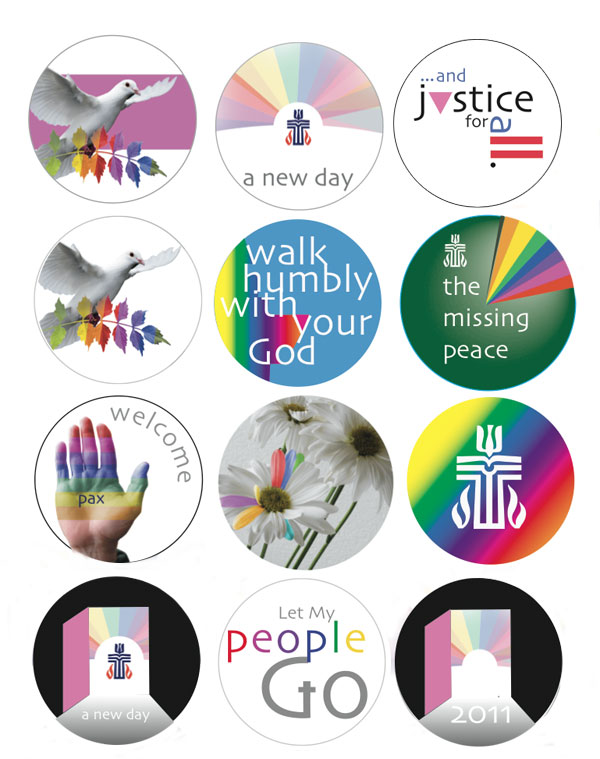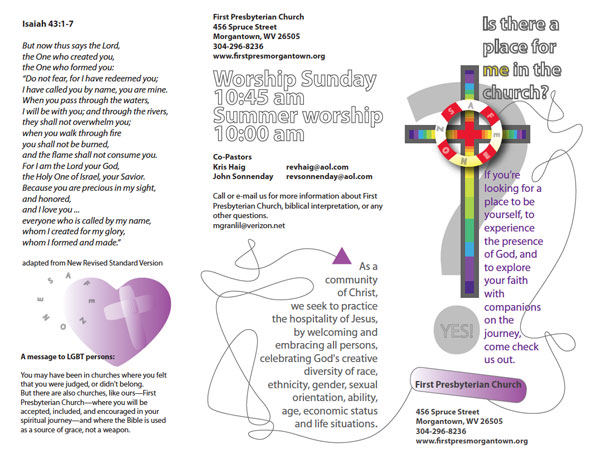Social Design
Social Design can be defined as design for social good, and can be very direct work for social justice causes, or can be work that benefits communities by improving health, relationships, awareness, or assisting in behavior and attitude change to create positive growth. For me, it has involved clients I have chosen, projects in my teaching, the design of a national conference, and even leveraging opportunities to work directly with communities. Design is a sharing process that is well-suited for collaboration to facilitate social change.
Designing for the Divide: a conference on community action across lines of difference
This design and community conference was in response to frustration at divisions in our country and community that has almost brought our Congress to a a halt, increased insensitivity to class struggles, stopped communication between energy industries and eroded social capital almost everywhere. The methods designers use to discover contexts for communications solutions and co-designing techniques seemed to offer assistance that might work at the local level to find common ground and break some impasses. We decided to try it with a national conference at WVU. I am so grateful for help from my colleagues Chris Barr and Joe Galbreath, and the students who volunteered so much time. You can read more at www.designingforthedivide.org
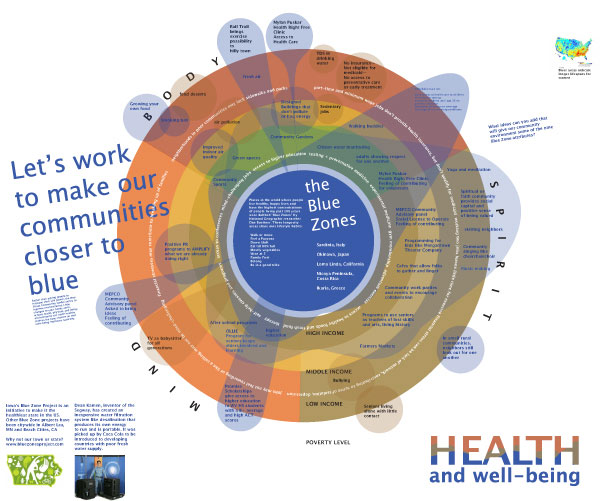
One of the design methods used at the conference was a set of large infographics to present a context for issues that would be dealt wtih in workshops. Participants could find their positions among points of view within topics such as community, faith, health and energy where people could be in opposite camps. This provided examples of common ground as well where succesful projects have occurred. This infographic presents ideas in the context of how they promote or take away from the Blue Zone community characteristics. Blue Zones are locations around the world where the most centenarians are concentrated—one measure of a healthy community.
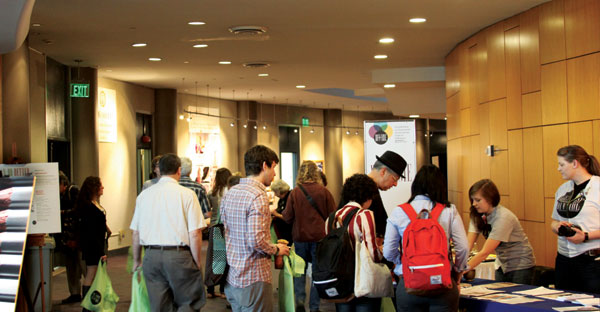
150 people attended the conference, including designers from California to New York and Alabama to Minnesota. Designers from across the state and educators from RISD, MICA, Otis-Parsons presented successful projects and conducted workshops with community and designer mixes. Community members from different faith and ethnic backgrounds, different socio-economic level, different political persuasions were invited and attended. A keynote speaker from Israel, Yossi Lemel, presented work on social justice issues, including the Palestinian/Israeli divides. He appears in this picture in the black hat.
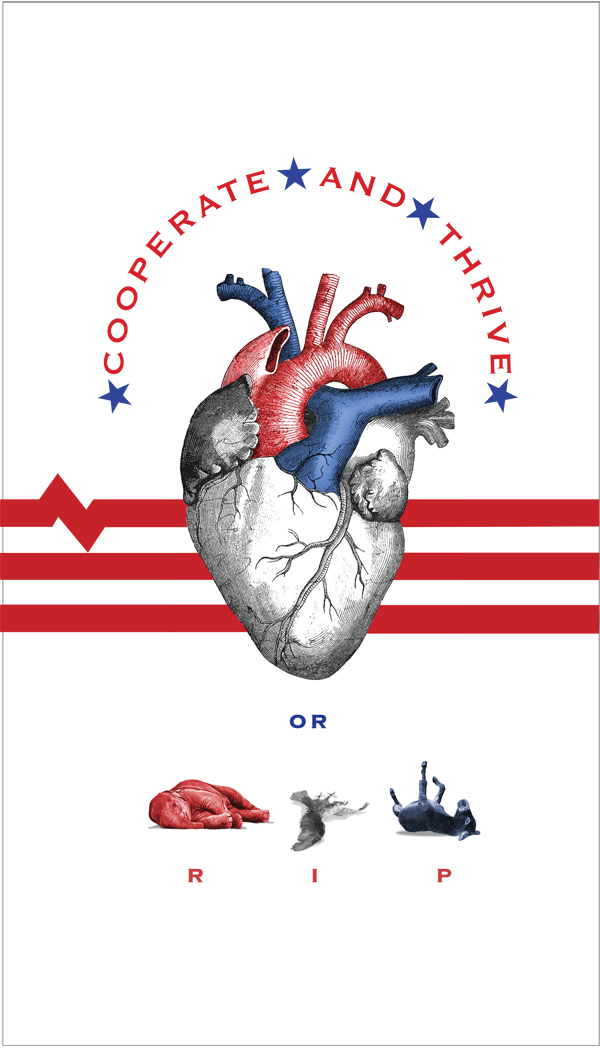
Part of the event consisted of an international juried poster competition, which was judged by Chaz Maviyane-Davies, Yossi Lemel, and Jonathan Haidt. This poster of mine made the cut, and expresses my hope/frustration with our political system at present. The poster also won a place in the AIGA 365 show and Creative Quarterly magazine Spring/Summer issue 2013.
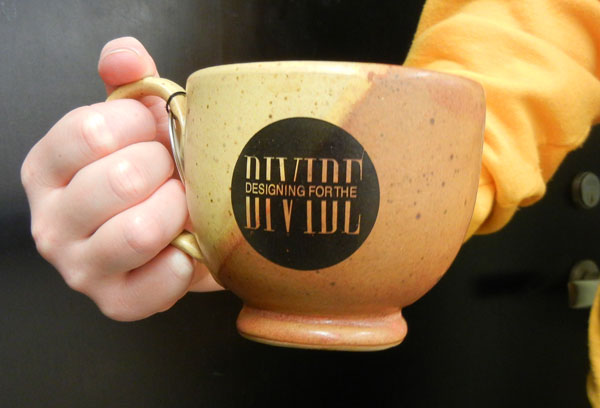
Because we were asking community members to attend a design conference that they might fear would be dreadfully academically boring, we made lots of effort to make the experience fun and involving particpants directly. These mugs were one of the giveaways that also promoted less coffee trash. Thanks to Boomer Moore and the WVU ceramics students for pitching in. Attendees also got social justice buttons of many sorts, a signed poster by Yossi, and a recyclable grocery bag.
Small-Stokes Wedding
This was one of those wonderful life opportunities to be part of history and social justice while having a personal blast. My daughter was one of the first couples to marry in New York City right after gay marriage became legal. Hailing from West Virginia, and her partner from Kentucky, though both lived in NYC, you might imagine that not all relatives might be on board for this ride. The oportunity to make this an event to show how all the sterotypes can get it wrong and love is love, made this more than a family benchmark.
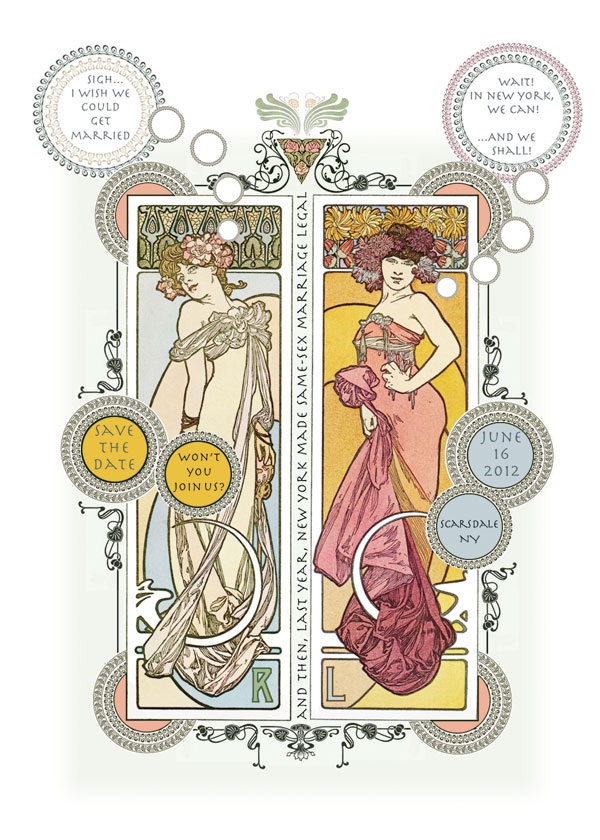
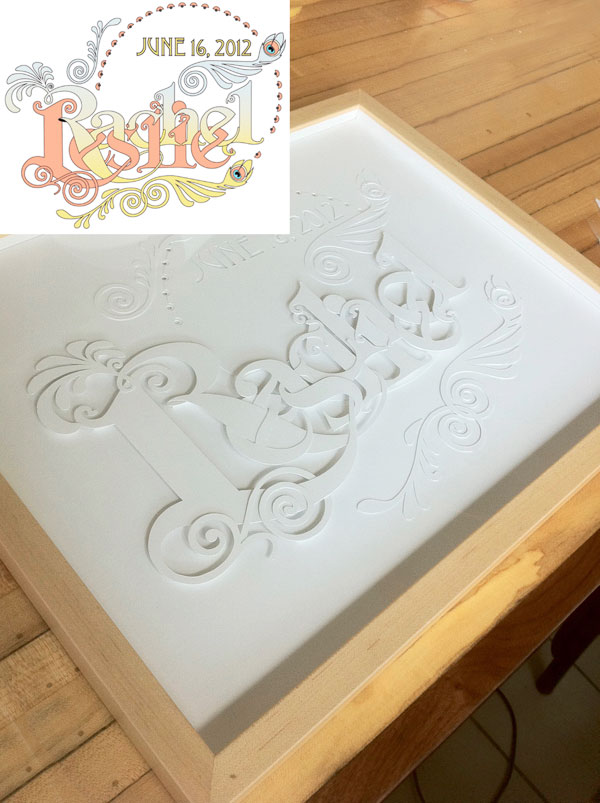
I developed a logo and font based on their aesthetic preferences and translated it into wayfinding and paper engineering throughout the wedding.
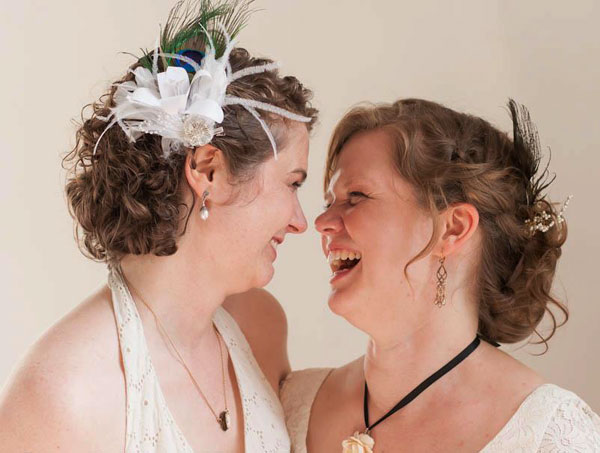
This extended to paper floral decorations for tables and hair fascinators. Photography by Cheryl Brown.
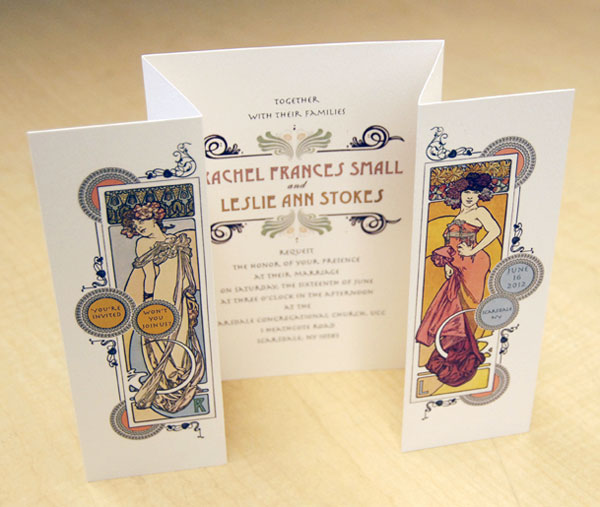
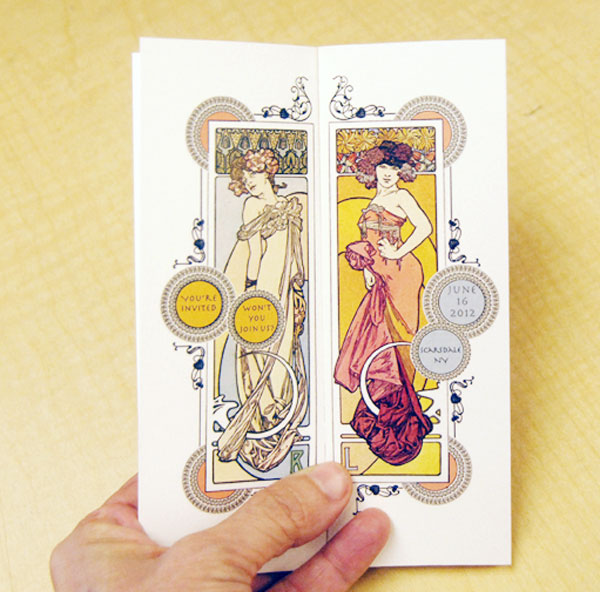
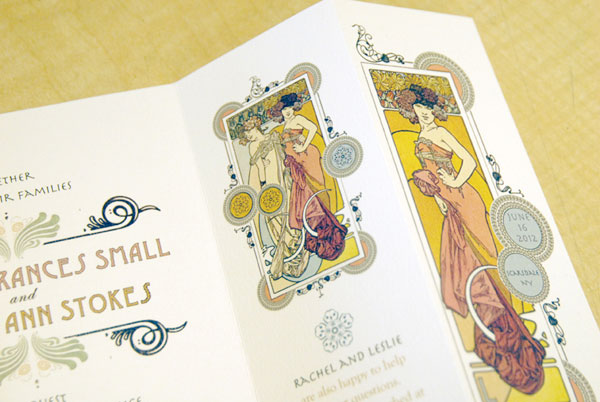
Rather like playing with paper dolls, you could bring the girls near each other as you held the invitation, and inside, you saw thay had broken from their separate frames, and come together.
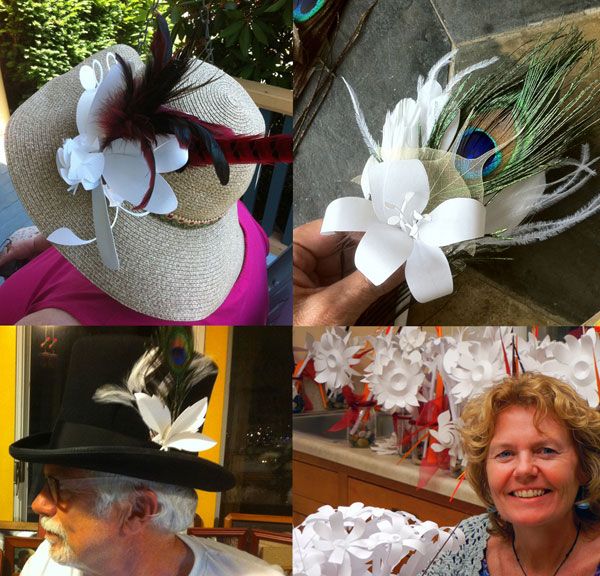
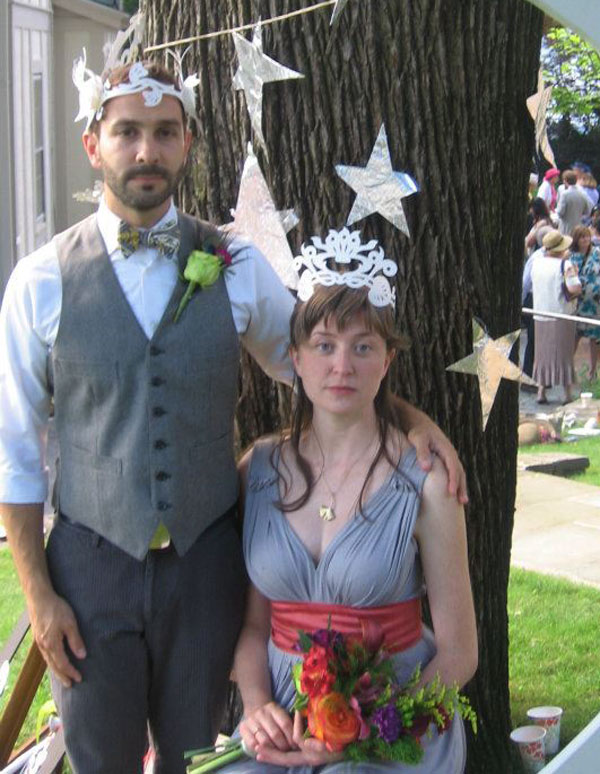
LGBT issues
Long before my daughter grew up, I was an advocate for the last demographic that it seems is legal to discriminate against. I believe that the creative gene is commonly aligned with the gay gene such that I have seem many studnts suffer cruelty and marginalization. Thankfully, this generatiion may be the last to see it. When the Presbyterian Church embraced LGBT as able to be ordained, I happliy created graphics to share in celebration. These are buttons. I also designed printed pieces that invited LGBT folk to our welcoming congregation.
